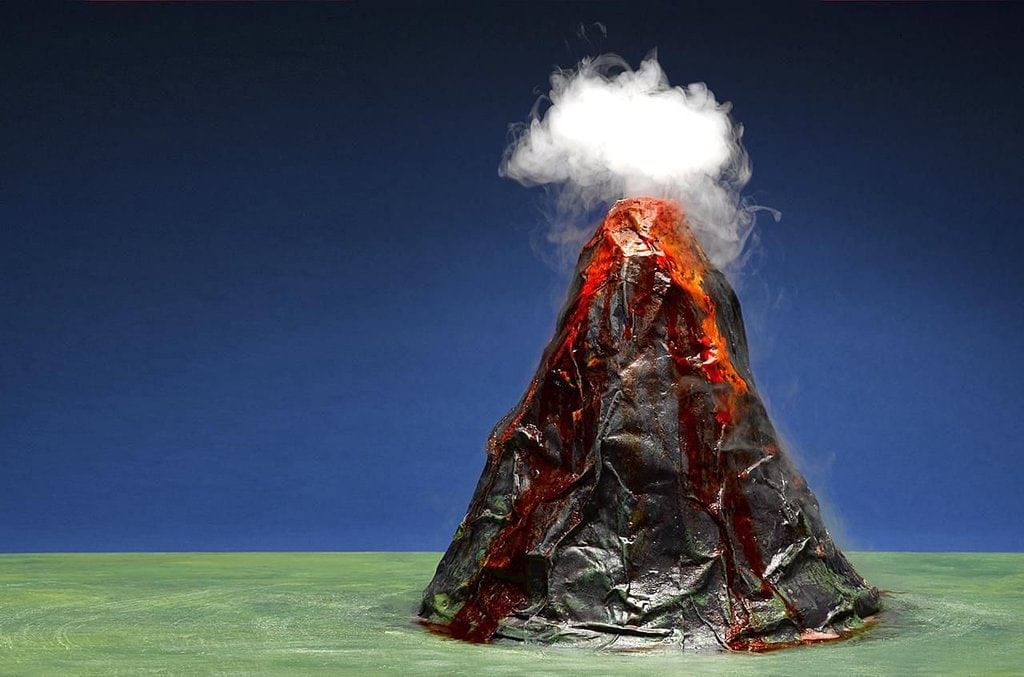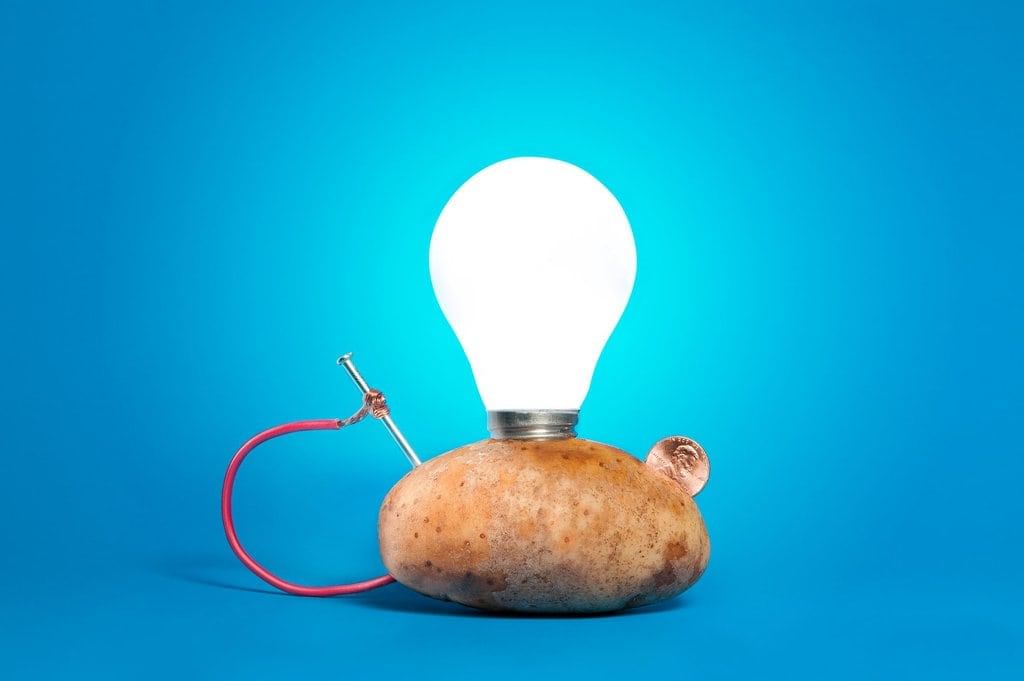7 Amazing Class 10 Science Projects To Try At Home PDF Download
If you’re looking for an easy, fun, and educational way to pass the time, why not try your hand at some amazing science experiments? Science experiments are an excellent way for Class 10 students to learn and explore the world around them. Not only do they help enhance their knowledge in various scientific fields, but they also provide a lot of fun and entertainment. In this document, we’ll provide a step-by-step guide for 7 amazing science experiments that can be done at home. From creating your own lava lamp to making a mini potato battery, you’ll find a wide range of experiments that are sure to excite and engage. So, get ready to explore the wonderful world of science with these fun and educational experiments!
Caution - The experiments should be done under adult supervision.
1. Making a Cloud in a Bottle
Clouds are a huge part of our world and climate, yet many of us know very little about them. By conducting a cloud in a bottle experiment, you can learn about the different types of clouds and their formation.
- Prepare a bottle by first cleaning it thoroughly.
- You can do this by filling the bottle with water and letting it soak for a couple of hours, followed by rinsing it out.
- Now, add a little bit of dishwashing liquid to the water in the bottle, as this will help the soap bubbles form more easily.
- After you’ve added the soap, put the bottle somewhere where you can leave it undisturbed for a few days.
- After a few days, a beautiful cloud-like formation will appear inside the bottle!
This experiment is a great way to learn about how different types of clouds form, as well as how they’re related to different weather conditions.
2. Creating a Homemade Volcano
- To begin with, you will need to gather a few materials for this experiment, including a large bowl, baking soda, vinegar, and red food colouring.
- First, fill the bowl with water, and then add the vinegar and food colouring. As soon as the vinegar and food colouring are added, the water will begin to bubble.
- Now, add a heaping spoonful of baking soda to the bubbling mixture, and watch as the water inside the bowl quickly turns into a roaring volcano!
This experiment is a great way to learn about the formation of volcanoes.
EduRev offers a range of playlist of science projects from beginner to advanced level, covering topics such as biology, chemistry, physics and environmental science. These projects provide students with hands-on experience to learn scientific concepts, and include research, experiments and presentations.
3. Making a Potato Battery
- To begin with, you’ll need to gather some materials for this experiment, including potatoes and copper nails.
- Begin by placing the copper nail into a potato, followed by placing another potato on top of the copper nail.
- After this, place a piece of copper on top of the upper potato and connect the whole thing to a voltmeter, which will record the electricity generated by the potato battery.
This experiment is a great way to learn about how generators work and how electricity can be generated.
4. Making a Mini Greenhouse
A greenhouse is a structure that’s used to grow plants in a controlled environment that’s free of extreme weather conditions. Greenhouses are often used in commercial settings, but they can also be used at home to grow your own fruits and vegetables.
- For this experiment, you’ll need to gather a few materials, including a large jar or vase, a clear plastic bag, and sand.
- Begin by placing the sand inside the jar or vase.
- Now, place the plastic bag inside the jar with the open end facing downwards. Place the jar, with the bag and sand inside, in a sunny spot, and watch as the sand turns into mini greenhouse conditions!
This experiment is a great way to learn about the different benefits of greenhouses, as well as how they work.
5. Creating Slime
- For this experiment, you’ll need to gather a few materials, including contact lens solution, styrofoam, borax, and a few other common household ingredients.
- Begin by adding a couple of drops of contact lens solution to a small amount of styrofoam.
- Next, add a few spoonfuls of borax and mix the ingredients together.
- This will create a slime-like substance that you can use to play with, or you can use it for other scientific experiments that can help you explore the properties of slime.
6. Growing a Crystal
Crystals are beautiful and intricate structures that are formed through a chemical process called crystallization. This experiment can help you learn about the process of crystallization and grow their own crystals.
- For this experiment, you’ll need to gather a few materials, including a glass jar, a few pieces of iron, and some water.
- Begin by adding the iron to the jar and filling the jar with water.
- Next, let the jar sit in a dark place for several days.
- After a few days, you will see crystals forming on the iron in the jar, and they’ll be able to use these crystals for decorative purposes or even to start a rock collection.
- This experiment is a great way to teach you about the process of crystallization.
7. Building a Hovercraft
A hovercraft is a vehicle that hovers slightly above the ground and travels over a wide variety of terrains, including water. This experiment can help you learn about how hovercrafts work and how they can be used.
- To begin with, you’ll need to gather a few materials, including a box fan, a cardboard box, duct tape, and a piece of wood.
- Begin by attaching the fan to the cardboard box and wrapping it with duct tape.
- Next, place the fan inside the box, and place the wooden board on top of the fan.
- Now, you will be able to lift the hovercraft up and move it around.
This experiment is a great way to show how a hovercraft works and how it can be used.
Conclusion
As you can see, there are many different amazing science experiments that you can try out. From creating a lava lamp to growing crystals, these experiments are both fun and educational. And, best of all, they can be done at home with only a few inexpensive materials. So, try out one or more of these experiments, and see how much knowledge and fun you can gain from them!
Frequently Asked Questions (FAQS) on Amazing Class 10 Science Projects
What science experiments can I do at home?
Not all science experiments require expensive lab equipment or dangerous chemicals. There are many fascinating scientific experiments that can be conducted using everyday household items. From Making a cloud, a hovercraft, volcano to growing a crystal, many interesting science projects can be done at home. The construction of 7 amazing science experiments is discussed above. For videos on science experiments, click on the link playlist of science projects.
Do questions come from the lab manual in Class 10 CBSE 2023 science exam?
Yes, questions come from 14 experiments that are given in the lab manual. Study the steps involved, materials used, conclusion etc related to the experiments as questions are asked related to these topics. EduRev also provides Lab Manuals for Science, click here.
Does the exam come from experiments in Class 10 science?
A significant number of marks for the Class 10 Science exam are based on the practical experiments. It is crucial to pay attention to and study the experiments from the start. This includes reading through the practicals in detail, such as the steps, materials, objectives and conclusions. The procedure of the experiments are also often tested in exam as questions, for example a question from 2018- Listing the steps for preparing a temporary mount of a leaf peel to observe stomata. (CBSE-2018). You can find more examples in the document How to Prepare for Class 10 Science.
What general strategy should I follow at the last minute to get an excellent score in the Class 10 Science exam?
It's understandable that you may feel stressed and anxious as the Class 10 Science exam approaches, especially if you're trying to get an excellent score and you haven’t covered your syllabus on time. Here are a few strategies that may help you prepare for the exam and perform to the best of your ability:
- Review the most important concepts: Check the above article to know the important topics. Prepare those topics properly. If you don’t have notes, check out short and long notes here, and chapter notes here.
- Practice with past papers: After covering those topics, solve sample papers as well as previous year question papers. Many questions are repeated every year. Solving past papers can give you a sense of the types of questions that are likely to be asked on the exam, as well as the format and time constraints. Check past year papers of class 10 here.
- Manage your time effectively: Make a study schedule and stick to it. Allocate enough time for each subject and break up your study sessions into manageable chunks. This can help you stay focused and avoid feeling overwhelmed.
- Stay well-rested and nourished: It's important to get enough sleep and eat well-balanced meals to ensure that you're in good physical and mental shape for the exam.
- Stay calm and focused: Don't get too anxious or stressed about the exam. Try to stay calm and focused, and remind yourself that you have prepared as much as you can.























